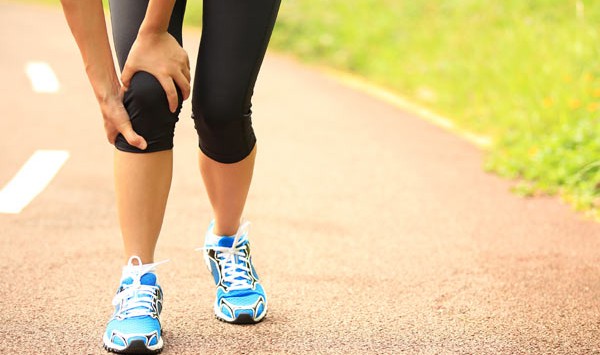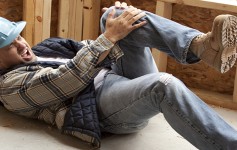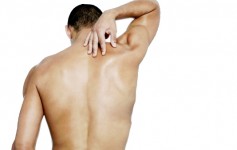What is patellofemoral pain?
Patellofemoral pain is a common condition experienced by people of all ages but especially by sports people. Pain is felt behind, over or near the sides of the kneecap, and sometimes at the back of the knee, and is aggravated by activities including walking, sitting, squatting, kneeling, jogging and ascending and descending stairs. The symptoms are often associated with audible clicking, creaking or grinding under the kneecap.
What causes the pain ?
At the patellofemoral joint, both the patella and femur are lined with a smooth form of cartilage called articular hyaline cartilage. When an imbalance between the muscles and other structures which control side-to-side movement of the kneecap occurs, even simple activities such as walking produce excessive patellar movement. This “maltracking” causes friction between the patella and the femur, irritates the hyaline cartilage, producing inflammation. Inflammation causes pain, swelling and eventually degeneration of the undersurface of the kneecap. If the problem is not addressed, arthritic changes may occur within the joint.
Causes of patella maltracking
The causes of patellar maltracking include tight muscles and connective tissue, especially on the outside of the knee and thigh, previous knee injuries, post surgical weakness, muscle weakness on the inside of the kneecap (“VMO weakness”), and poor lower limb biomechanics such as flat feet.
How SOS Physiotherapy can help?
- A number of successful treatment options are available.
- Initial treatment should be aimed at reducing pain and inflammation. This should commence immediately and involves resting the knee or avoiding activities that make the pain worse, and using ice or heat.
- Anti-inflammatory medication prescribed by your doctor may also assist.
- Physiotherapy treatment aims to reduce pain and prevent recurrence by correcting biomechanical faults which may be contributing to the problem.
- Treatment commonly consists of taping or bracing the knee cap into the correct position and retraining the muscles on the inside of the thigh to hold it there. Strengthening of the buttock muscles, stretching of tight structures on the outside of the knee, joint mobilisations, electrotherapy and correction of biomechanical abnormalities such as fallen foot arches, may be introduced to address the underlying biomechanical problems. A thorough examination to identify and correct the cause must first be performed before an individual treatment program is begun.
- Provided treatment is commenced prior to the onset of arthritic changes, conservative treatment has a high rate of success. Recovery time will largely depend on severity and may range from 2 weeks to 6 months. If the pain can be controlled with taping or bracing, exercise can be recommended at a fairly early stage.




